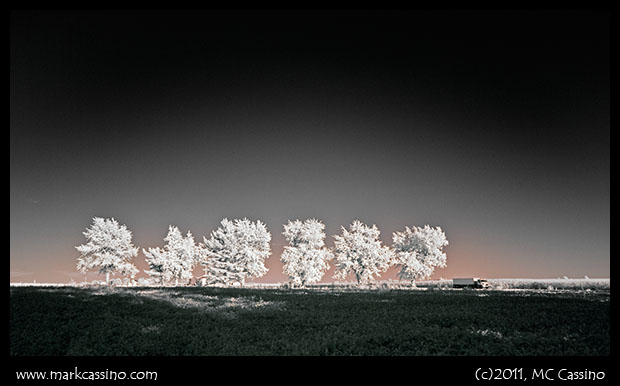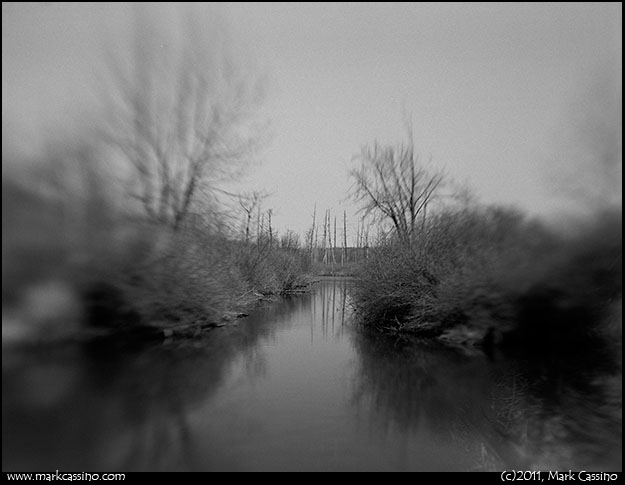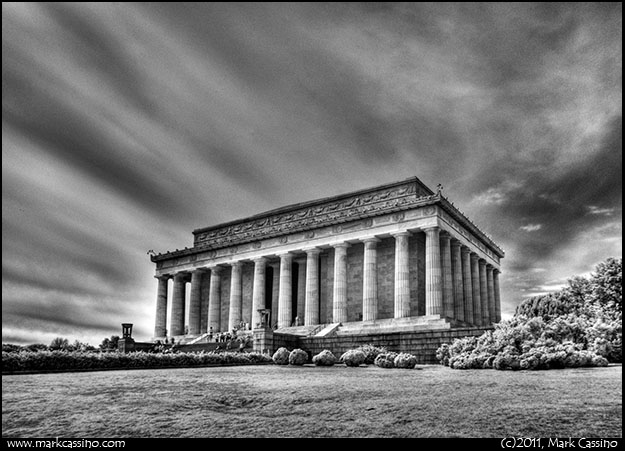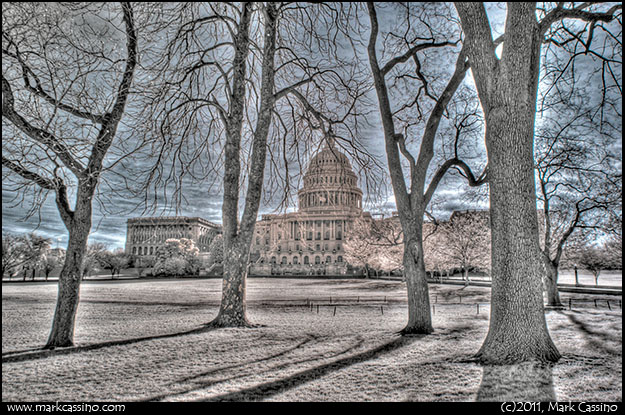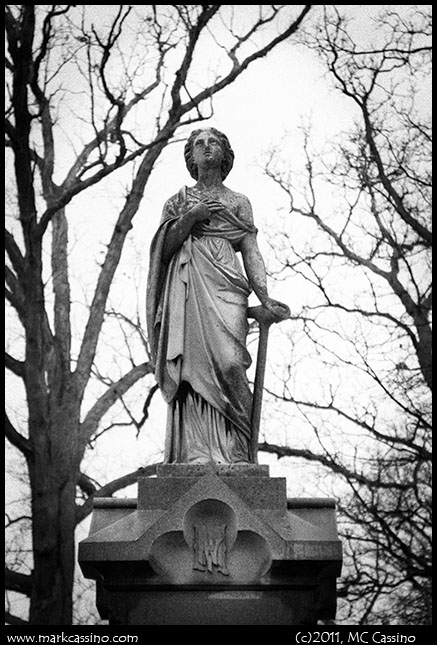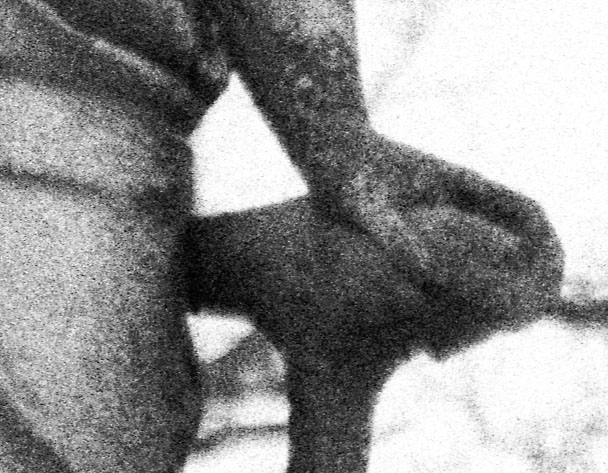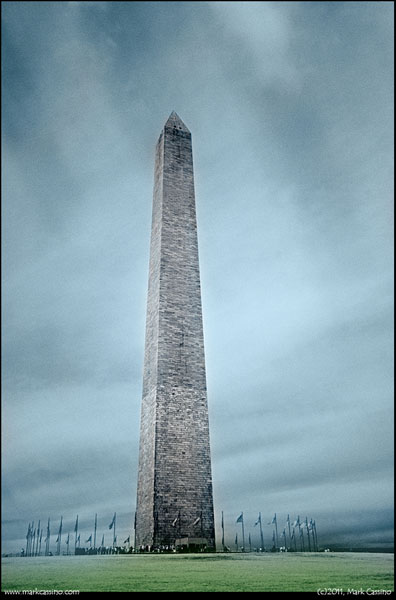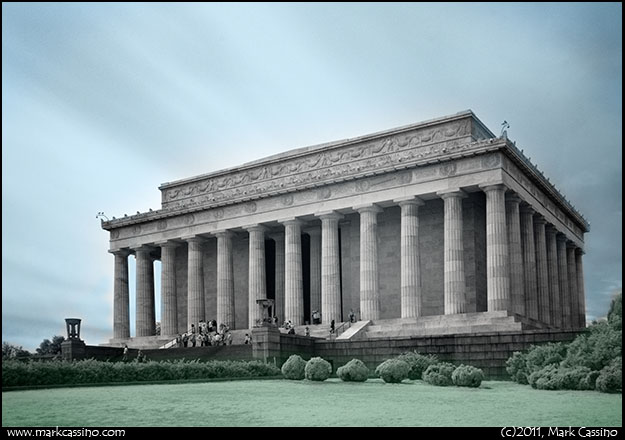What to do on a rainy Saturday? Like a bored kindergartner, I contemplated my options yesterday… The answer I came up with was to try developing film in coffee - caffenol - something I had read about but never tried.
Great - I grabbed my old film camera, Pentax MZ-S - and found that it had a roll of Fuji Neopan SS 100 already in it. Hmmm - 10 exposures taken, I had no idea when or where. Where, they obviously weren’t important and if coffee development could make Neopan SS acceptable, I was all for it.
I drove off to the local grocery store and bought some Arm and Hammer Washing power. Then I went to Walgreens and bought some Walgreen’s instant coffee, and then I went to the health food store and bought some pure powder vitamin C. There we have it - everything needed for caffenol C.
I then drove around for a while in the cold wind blown rain. The day was gloomy and dark. I finally drove through the graveyard just around the corner from my house and snapped out the remainder of the film roll there.
Here’s a shot of a monument from the graveyard, developed in the caffenol.
So, talking about developer, let’s talk a little about the philosophy behind making photos….
Photography is an endeavor that is marked by many scientific and technical aspirations. Over the centuries people have strived for the precisely correct exposure and the precisely correct development time. Oddly enough, for all this desire for precision photography itself is a very messy and imprecise business. For instance, the basic unit of measure - the Stop - is based on full orders of magnitude of difference. Imaging if you were a carpenter and you could only cut boards that were one foot, two feet, four, eight or sixteen feet in length and had no way to even tell that what length of board was really precisely right, and no way to actually cut something to a precise size. That 10 foot 3.5 inch board - ain’t gonna happen. Similary for the photographer, that exact exposure, down to the fraction of a stop, seldom happens and when it does it is by luck or the grace of God and not skill…
Developing film is the one and only area where some degree of precision is possible. You can indeed precisely control the concentration of developer and the starting temperature of your developer solution. You can control the time spent in development. And you can greatly influence the effects of agitation, though the actual action of the fluid in the canister is chaotic and subject to randomness. Since the effects of development are conditional on the exposure of the film, over which one has limited control, the degree of control exercised in the development phase is similarly limited.
So - when it comes to caffenol - am I doing this to try to create another very precise developer solution, or is this an exercise in injecting controlled randomness into film processing? Being a level head, non delusion type; I decided it was clearly the latter. I mean, if I really want to control the process why not just use Rodinol, HC 110, D76, or some other commercial developer?
Ok - so I followed the caffenol recipe on the massive developer chart, which you can find here. I varied the recipe a bit and used leftover coffee the morning’s pot as a base and added 1/2 tsp of table salt to the mix to reduce the grain in the Neopan SS. (I am not a big fan of the grain in this film - it is pronounced and uneven in most developers, and comes across as clumpy and uneven…)
The mixture smelled pretty bad, but then I have actually drunk coffee that smelt worse, so what the heck. No starting time for caffenol C was given on the website, so I went with 20 minutes at 20 C. I was a little surprised to find that the negs were a bit over developed, and iwll probably cut back on that time in the future.
Regarding tonal quality - the stain produced by the coffee is notable in the film. Thankfully, it offsets the magenta tint that Neopan SS is infamous for. The contrast is rather flat in the mid range but more pronounced at the ends of the spectrum - resulting in both the highlights being a little too bright and the shadows a little too dark. The grain is OK but not great.
Here is an actual pixel crop of the scan - this is the hand on the crutch - the scan was made on a Nikon 8000 ED and a little sharpening has been applied. It clearly is not a high acutance developer…
This was an interesting experiment, and I might try some other plant based developers in the future. I view the use of caffenol as injecting a degree of randomness into the photographic process - not that there isn’t a lot of randomness in it already. But when you embrace the chaos and relinquish illusions of being in control, you get to have more fun…
At any rate, at least this gave me something to do yesterday…
